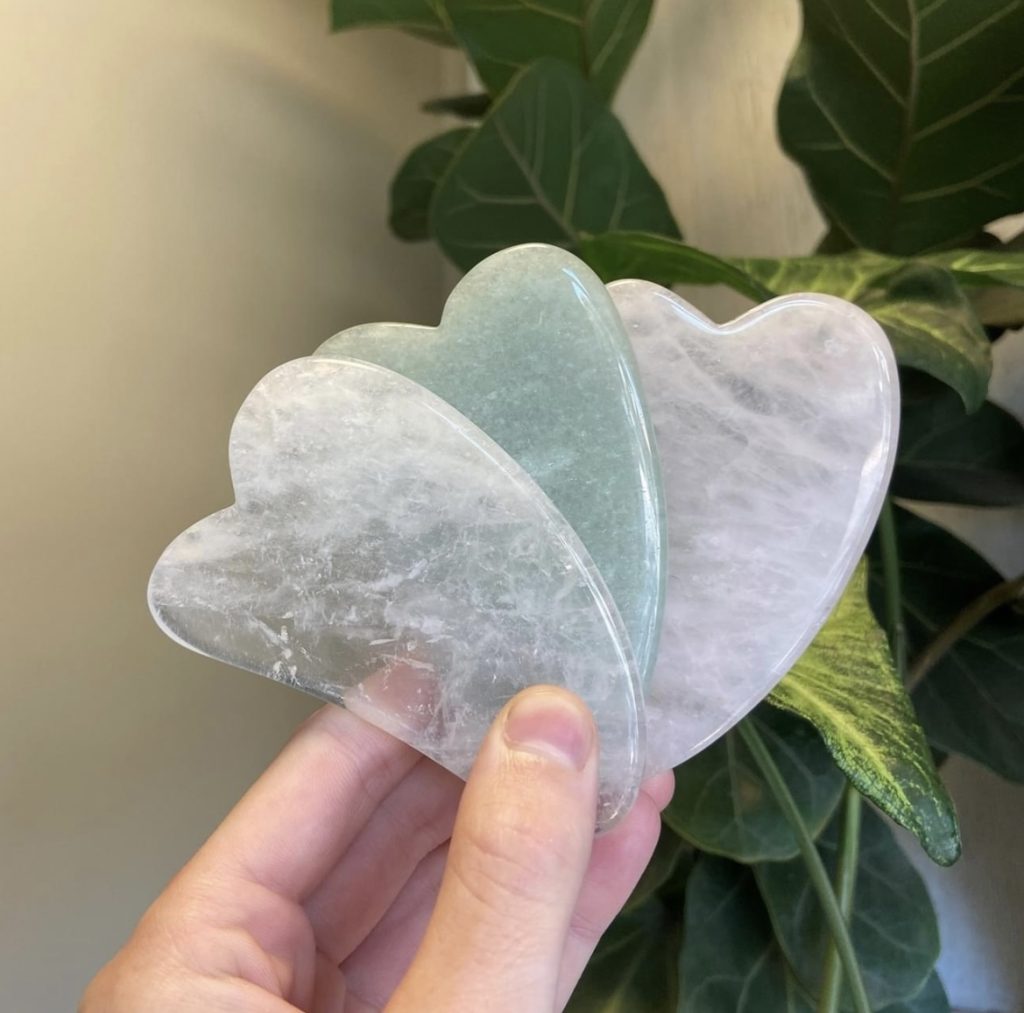Have you ever tried Gua Sha? Gua what??!!
Gua sha is a form of traditional Chinese therapy that involves scraping the skin with a tool to help improve blood circulation and promote healing. This gua sha technique or method of treatment is often used in conjunction with acupuncture and massage.
The practitioner uses a Gua Sha tool to scrape over the skin to stimulate microcirculation of the soft tissue, which increases blood flow. Depending on the intensity of the technique and the instrument or tool used it can also provide a deep release of the connective tissue, reducing pain, and inflammation, and restoring the range of movement, for many musculoskeletal problems. It can also help to alleviate tension headaches and sinus issues. It is also said to help stimulate the immune system and reduce inflammation by creating microtrauma in the body. Gua Sha also draws toxins from the deep muscles of the body, allowing the body to flush them away and nourish the area with fresh blood.
More recently, it has become a popular beauty/cosmetic tool that is widely available, I have even seen gua sha tools sold at Kmart. Remember thou, to be gentle on the face as the traditional deep application on the body may leave marks that will last a couple of days. It has risen in popularity due to its benefits in helping the production of collagen, brightening the complexion, restoring elasticity, decreasing puffiness, and softening fine lines and wrinkles.
This ancient Chinese healing technique may be a unique approach to improved health. In TCM (Traditional Chinese Medicine), the intended use of gua sha is to address any stagnant energy (qi), in the patient’s body, which we relate to inflammation, pain and disharmony. Be aware that the benefits of gua sha are dependent on many factors, including patients’ underlying conditions, the pressure and technique used, the tool used, and the areas of the body it is applied. Intense strokes using a gua sha tool may cause red and sometimes purple marks that last a couple of days and other adverse side effects and should only be performed by a qualified practitioner.


Recent Comments